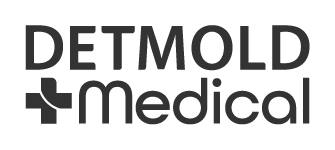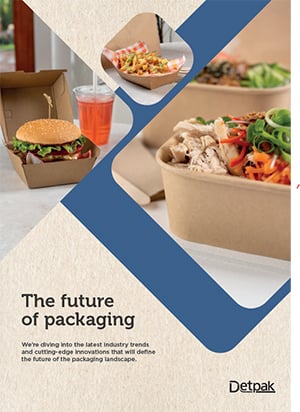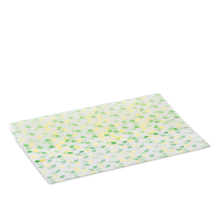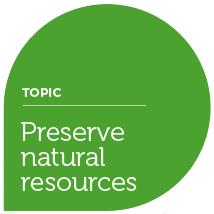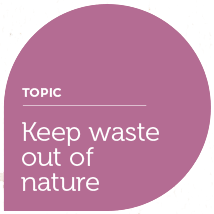Are you sure?
Are you sure? If you change your country now, any items you have added to your quote will disappear.
Your location
Please set your location to see relevant stock levels. Freight costs and taxes will be calculated once you log in.
Note: changing your location will empty your cart.
Why do I need a plastic or alternative lining on my packaging?
Linings are added to paper and board packaging products to provide functional and grease barriers. With access to a range of linings, Detpak continues to be a leader in new and emerging lining technologies and encourages a holistic approach to required linings and their end-of-life disposal.
Here are some examples of how Detpak can provide you with sustainable lining barrier choices.
As localised legislation continues to emerge and evolve, Detpak’s Single Use Problematic Plastics Page is best placed to provide advice on compliant packaging options.
Detpak has also eliminated linings on a range of products where not required for functionality and shifted entire categories to more renewable coating options.
For example, Detpak has introduced a range of waxed wraps which utilises a renewable, plant-based home compostable wax instead of traditional fossil fuel based paraffin wax.



Sustainable Packaging Choices
What does lining barrier mean?
Linings are added to create functional liquid or grease barriers to paper or board packaging products. Examples of lining barrier materials used in packaging include Wax, Polyethylene (PE), Polylactic Acid (PLA) or Aqueous linings.
Lining Types
| Lining | Description |
| PE | Low Density Polyethylene. Traditional/historical lowest cost plastic lining |
| PP | Polypropylene. A more temperature and chemically resistant lining compared to PE. |
| PET | Polyethylene Terephthalate. High temperature resistance and greater rigidity compared to PE. |
| PLA | Polylactic Acid. A natural starch-based bio-plastic derived from plants such as corn, potatoes and sugarcane. Sometimes branded as Ingeo®. |
| PBS* | Polybutylene Succinate is a polymer which is made from two different components. One component is fossil fuel based, and the other component can be derived from renewable plant sources. |
| Aqueous* | Aqueous linings refer to the process of applying plastic or latex particles and fillers which are suspended in water onto a material |
| PHA | Polyhydroxyalkanoates are derived from the bacterial fermentation of bio-based waste materials. PHA is currently under investigation / development and not yet commercially viable |
Lining Details
| Lining | Lining Application Method | Primary Source | Australia Kerbside Recyclable^ | Industrially Compostable AS 4736 | Home Compostable AS 5810 |
Potentially Marine Degradable | Shelf Life |
| PE | Extrusion / Lamination | Fossil Fuel | Yes | No | No | No | 2+ years |
| PP | Extrusion / Lamination | Fossil Fuel | Yes | No | No | No | 2+ years |
| PET | Extrusion / Lamination | Fossil Fuel | Yes | No | No | No | 2+ years |
| PLA | Extrusion / Lamination /Water Based Dispersion | Renewable | No | Yes | No | No | 12 Months |
| PBS* | Extrusion / Lamination | Fossil Fuel & Partly Renewable | Yes | Yes | No | No | 12 Months |
| Aqueous* | Water Based Dispersion | Fossil Fuel | Yes | Yes | Yes | No | 12 Months |
| PHA | Extrusion / Water Based Dispersion | Renewable | Yes | Yes | Yes | Yes | TBA |
*Aqueous/PBS linings are not homogeneous – and should be tested for your particular application.
^Only if product is of a shape & format which is recyclable. Cups are not kerbside recyclable in Australia
The darker the shading, the less commercially available the lining.
